Blog posts and aggregated news stories related to mental health, medical aspects of disability, politics, Latino culture and other related issues in the Latin American region.
Don't wanna be here? Send us removal request.
Photo

Girl from Otavalo
The Otavalos are an indigenous people native to the Andean mountains of Imbabura Province in northern Ecuador. The Otavalos also inhabit the city of Otavalo in that province. Commerce and handcrafts are among the principal economic activities of the Otavalos, who enjoy a higher standard of living than most indigenous groups in Ecuador and many mestizos of their area.
Prior to the incorporation by force of the Otavalo people into the Inca Empire in the late 15th or early 16th century, the region north of Quito to near the border of present-day Colombia, an area 150 kilometres (93 mi) long by the same width, consisted of several small-scale chiefdoms including the Otavalo, Caranqui, Cayambe, and Cochasquí. These chiefdoms appear to have been similar in artistic techniques, subsistence, settlement patterns, and language, probably all speaking Barbacoan languages.
The Spanish conquered the Inca Empire in the 1530s and Spanish settlement began. The Inca and Spanish conquests and the Spanish rule of the Otavalo and other nearby chiefdoms, plus recurrent epidemics of European diseases, had a profound impact on the population. By 1582, the population of the northern Ecuador Andean region was estimated to have declined by 80 percent to an estimated 30,000. The Spanish put heavy demands on the Otavalo people for labor. One-fifth of the Otavalo were required to work, essentially as slave labor, for the Spanish, often in hot tropical climates to which they were not accustomed. Vineyards owned by the Dominican Order of the Catholic church were characterized as “fields of blood” because of the Otavalo laborers who died working there.
Location: Otavalo, Ecuador
Photographer: Michaela Noroc
504 notes
·
View notes
Photo

Metal bands per 1 million people in South & Central America.
617 notes
·
View notes
Photo

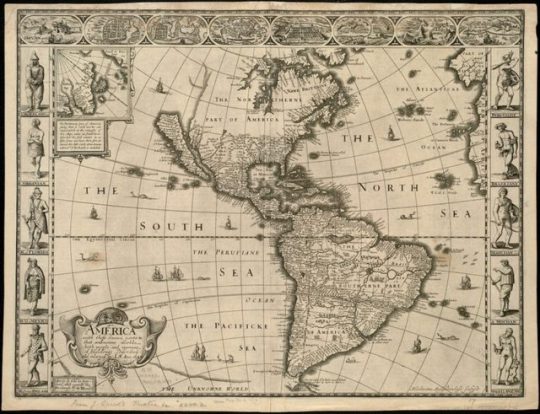
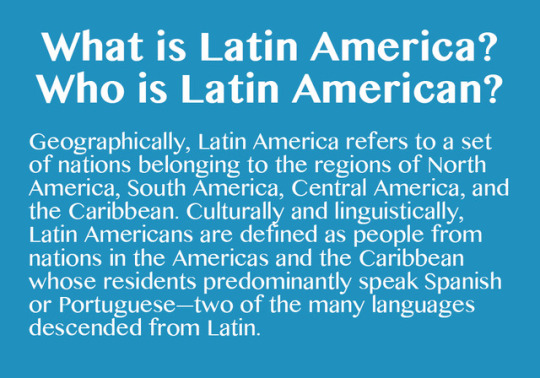
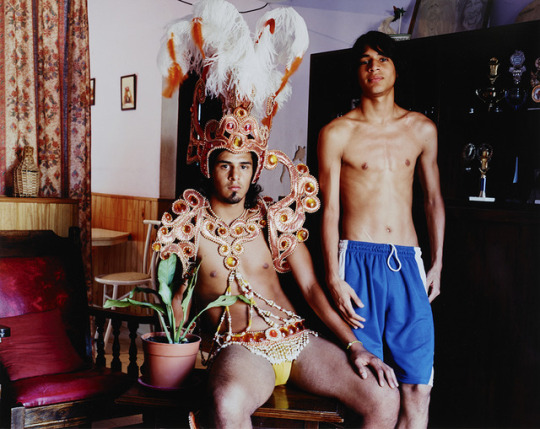
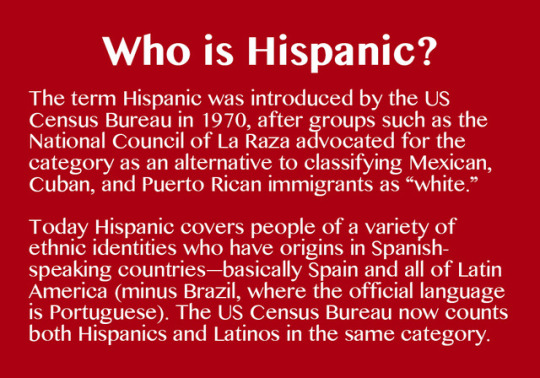
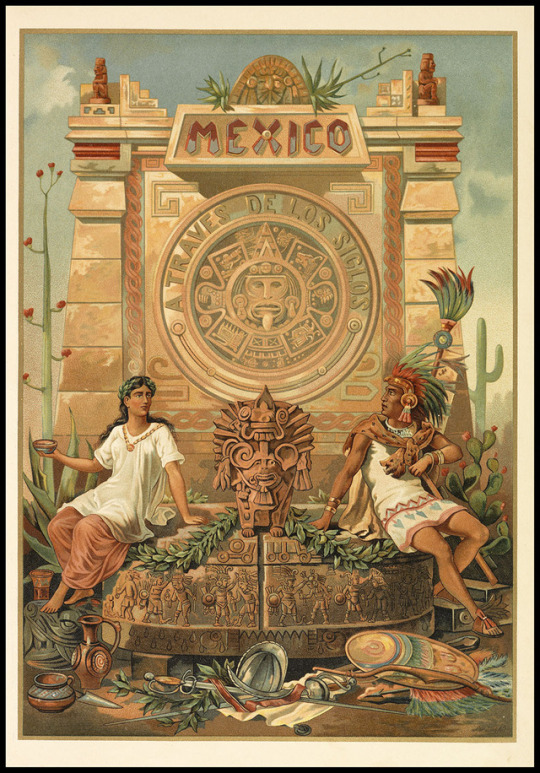
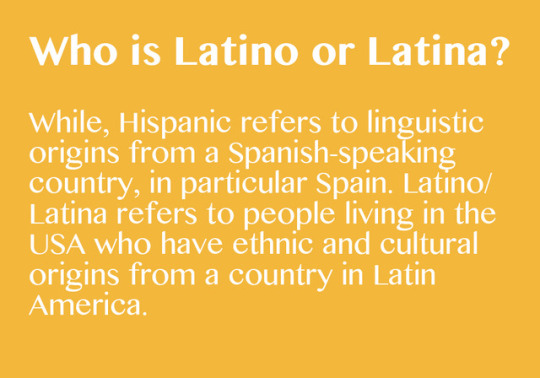
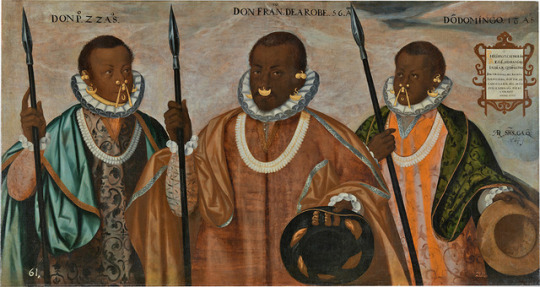

Latin American Identity Terms Explained
What is Latin America? Who is Latin American?
Geographically, Latin America refers to a set of nations belonging to the regions of North America, South America, Central America, and the Caribbean. Culturally and linguistically, Latin Americans are defined as people from nations in the Americas and the Caribbean whose residents predominantly speak Spanish or Portuguese—two of the many languages descended from Latin.
Who is Hispanic?
The term Hispanic was introduced by the US Census Bureau in 1970, after groups such as the National Council of La Raza advocated for the category as an alternative to classifying Mexican, Cuban, and Puerto Rican immigrants as “white.”
Today Hispanic covers people of a variety of ethnic identities who have origins in Spanish-speaking countries—basically Spain and all of Latin America (minus Brazil, where the official language is Portuguese). The US Census Bureau now counts both Hispanics and Latinos in the same category.
Who is Latino or Latina?
While, Hispanic refers to linguistic origins from a Spanish-speaking country, in particular Spain. Latino/Latina refers to people living in the USA who have ethnic and cultural origins from a country in Latin America.
And what about Latinx?
Spanish, among many other Latin languages, assign genders to nearly everything, including inanimate objects. Masculine words are considered gender neutral, and if one male-identified individual enters a group, the group suddenly becomes referred to by a masculine word. This is problematic for a number of reasons, most glaringly is that masculine words should not be considered gender neutral. The term Latinx is a response to these language constraints, and it provides an option to express gender identity that exist outside the constraints of the binary.
For more on this topic including the Chicanx movement and African and East Asian diaspora in Latin America read a full blog post here.
Pacific Standard Time: LA/LA is an exploration of Latin American and Latino art in dialogue with Los Angeles. Led by the Getty, Pacific Standard Time: LA/LA is the latest collaborative effort from arts institutions across Southern California.
1K notes
·
View notes
Photo

AY, BARRANQUILLA!
All photos posted here ©KatchePhotos
2 notes
·
View notes
Photo

Colombia’s Caribbean capital – Barranquilla Barranquilla is where I call home.
1 note
·
View note
Photo

Pentimento House | Jose María Sáez & David Barragán
Location: La Morita, Tumbaco, Quito-Ecuador
71 notes
·
View notes
Photo

“Don’t buy Pantene, 40% increase”; “Don’t buy Elvive due to excessive increase”
President Fernández announced an increase in pensions and education allowances, sparking the hashtag #Aumentamos (we increase), where users gave their own account of what has ‘increased’ in the country.
Argentina: ‘We Increase’ Progress or Corruption?
31 notes
·
View notes
Photo


Estimado ayuntamiento de Aguascalientes. Hicimos unas mejoras a su póster, espero sea de su agrado.
670 notes
·
View notes
Photo

Street Food in Colombia Part II
As you may remember me telling you in a previous post, street food is not only very popular in Colo…
View Post
3 notes
·
View notes
Photo

Romancing the Stone
Isla del Sol, Rosario Islands, Colombia
11 notes
·
View notes
Link
1. Don’t interrupt. Let the speaker finish what they are saying – and at a speed that is comfortable for them – before formulating your own response.
2. Give the speaker your full and undivided attention. Ignore what is happening around you and block out...
4K notes
·
View notes
Photo

Beautiful Afrolatinas on your TV and movie screens.
Source
7K notes
·
View notes
Video
youtube
Happy Independence Day, Mexico!
Here’s a video I found featuring the grito de la independencia as proclaimed by every Mexican president since Adolfo López Mateos in 1964 up to Felipe Calderón in 2012. This year marks Enrique Peña Nieto’s first grito, which is not included in the video above.
109 notes
·
View notes
Quote
Humans can only handle little information at a time. We process million bits of information at once, but only a very small fraction of those information passes through to our conscious brain.
(via psych-facts)
1K notes
·
View notes


